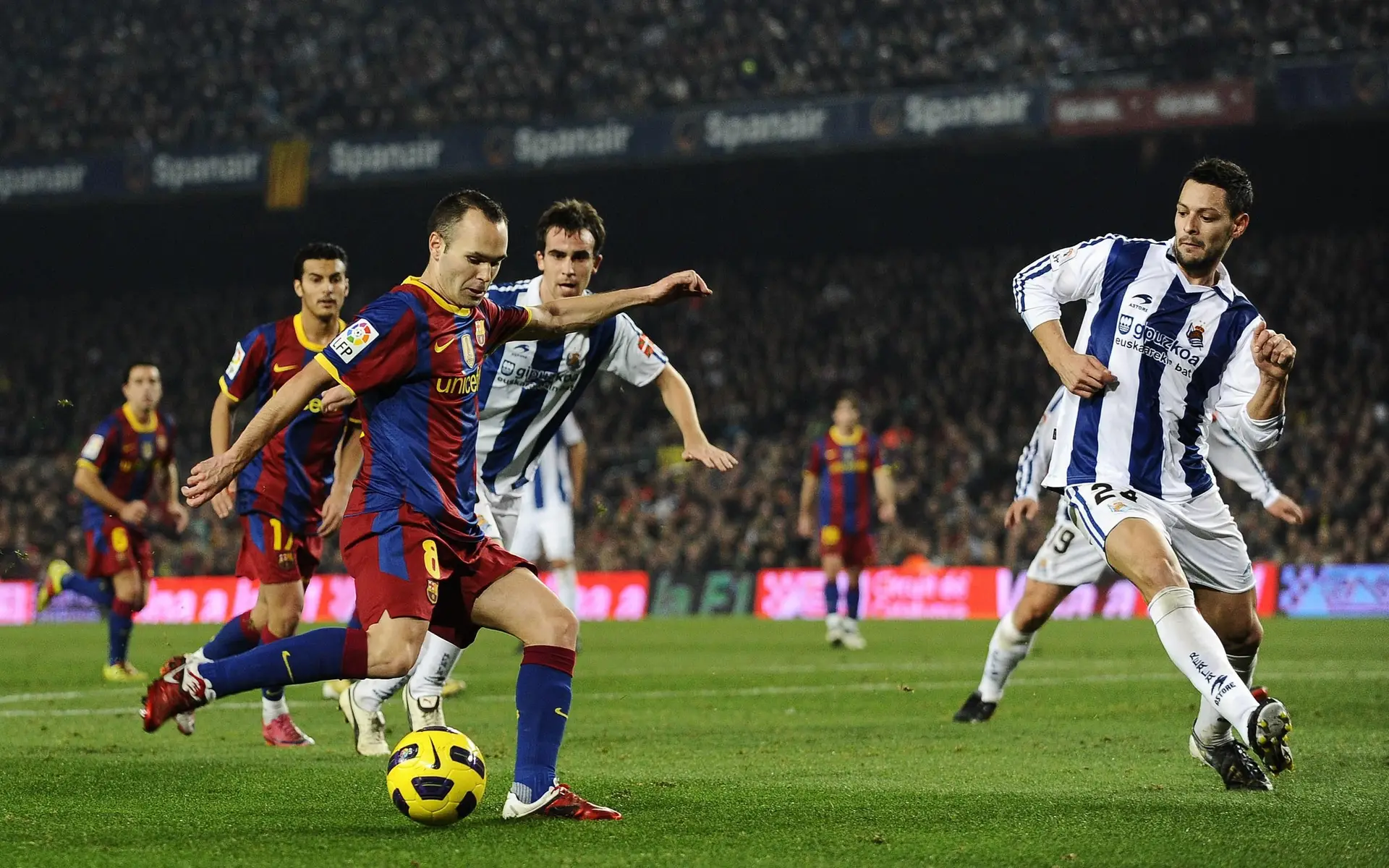
Welcome to our football blog! Here you'll find the latest news, exciting matches, in-depth analysis and interesting interviews with top players to help you better understand the world of football. Join our growing community of football fans, where there is something for everyone - from strategy discussions to the latest news and trends in the world of sport!
To learn moreis a whole universe full of dramatic moments, exciting matches and unpredictable twists and turns. In our blog we dive into this fascinating world, sharing with you the latest news, analyses and vivid impressions of the most interesting events in the world of football. Join our community of fans of this game and experience unforgettable emotions together!
Find out the details
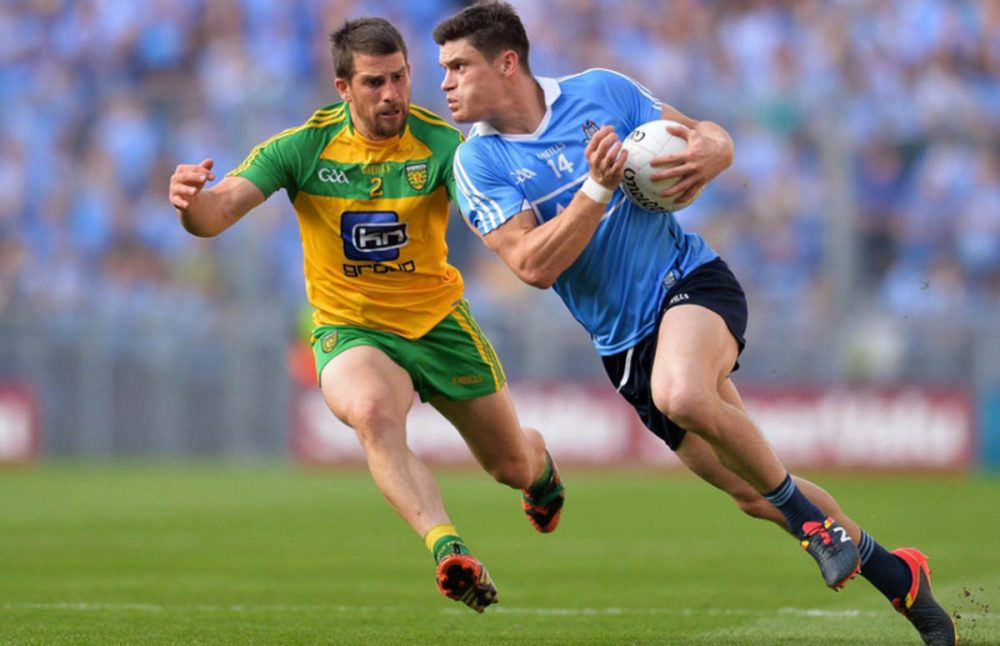
No marketing dust. Only real sport, where players don’t fake falls but hobble with a broken collarbone, continuing the attack. Gaelic football is not a hybrid, not a reconstruction, not a tourist hobby. It is the steel frame of Irish identity, woven into the country’s culture since the 18th century. A Brief Route to the …
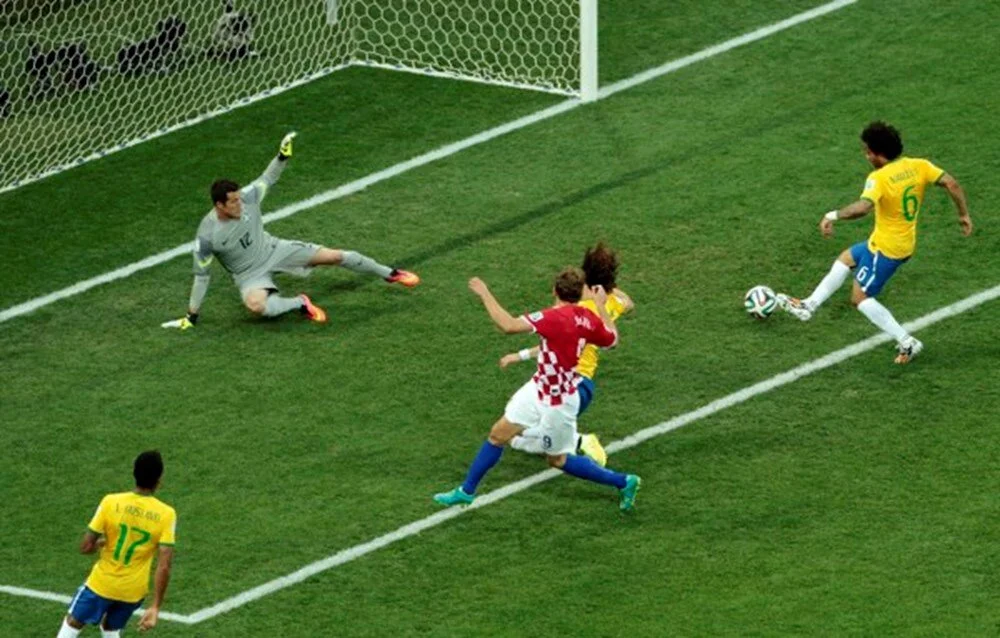
Tactical approaches in football shape a team’s character more precisely than any slogan. Tactics dictate behavior, the coach determines the direction, and the field turns into a chessboard. Here, each player is a figure with their own mission. Understanding the styles of play in football means understanding how thinking transforms into a goal. Attacking Style: …
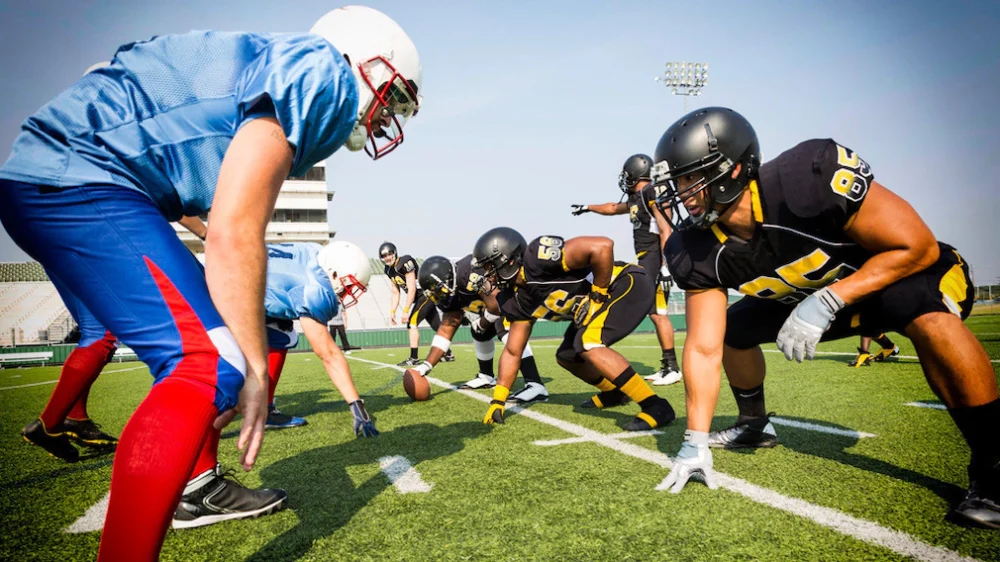
Despite its name, Australian Rules Football (Aussie Rules) has very little in common with classic European football. It is something in between rugby and basketball, with its own dynamics, logic, and character. To understand why the game evokes such powerful emotions in millions of fans on the green continent, it is important to delve into …
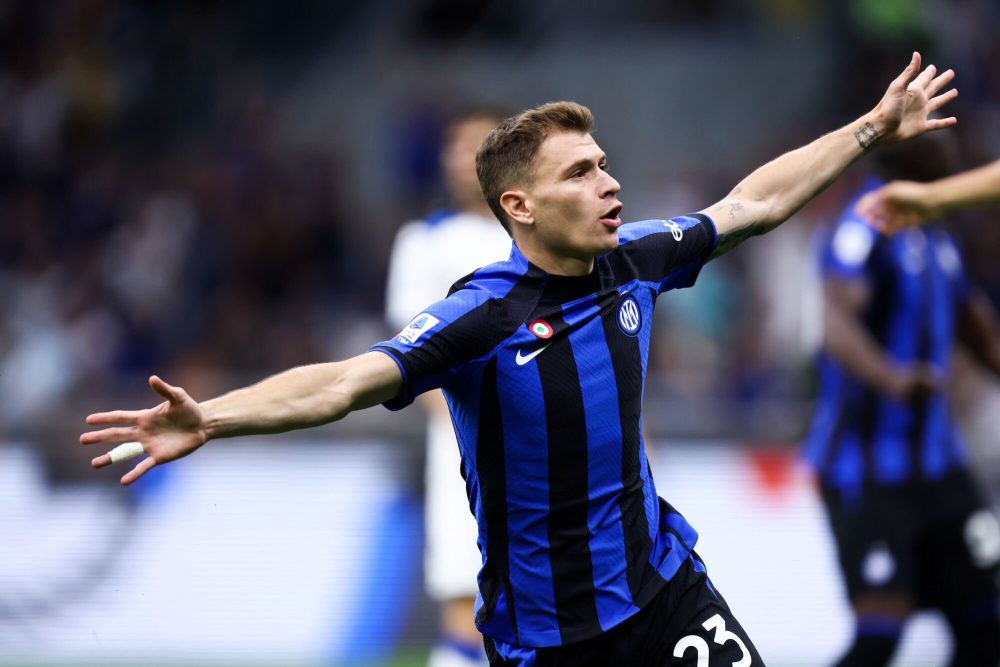
When it comes to the central midfield engine that not only connects defense and attack but conducts the team’s rhythm, footballer Nicolo Barella is the first association that comes to mind. On the field, he is like a pulse generator, in the media field – a reason for admiration and discussions. The player’s career was …
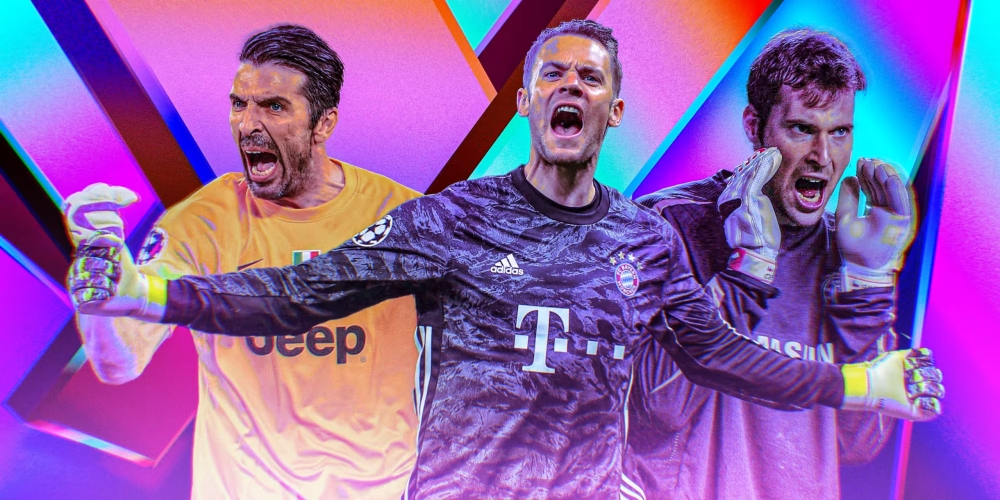
The goalkeeper is the last line of defense, a player whose mistake can cost the team success, while an incredible save can turn the tide of the match. For decades, the sport has given us phenomenal masters of their craft, whose names have become synonymous with goalkeeping greatness. In this article, we will remember and …
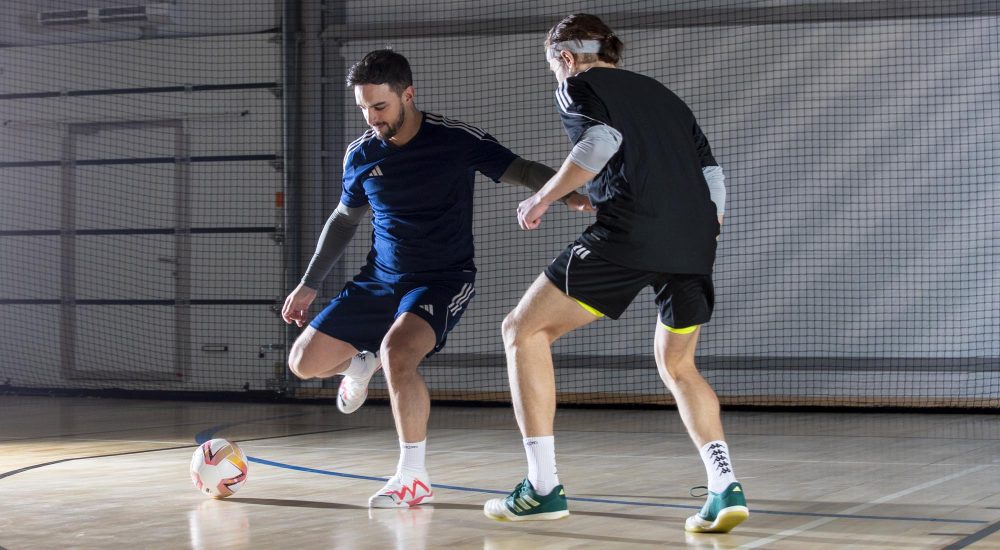
The dynamic and compact form of classic indoor soccer. The main features of futsal include its high speed, density of actions in limited space, and emphasis on technique and quick decision-making. Unlike street mini-formats, the discipline is regulated by strict FIFA and AMF rules, has its infrastructure, transfer system, and national championships in more than …

No marketing dust. Only real sport, where players don’t fake falls but hobble with a broken collarbone, continuing the attack. Gaelic football is not a hybrid, not a reconstruction, not a tourist hobby. It is the steel frame of Irish identity, woven into the country’s culture since the 18th century. A Brief Route to the …

The goalkeeper is the last line of defense, a player whose mistake can cost the team success, while an incredible save can turn the tide of the match. For decades, the sport has given us phenomenal masters of their craft, whose names have become synonymous with goalkeeping greatness. In this article, we will remember and …
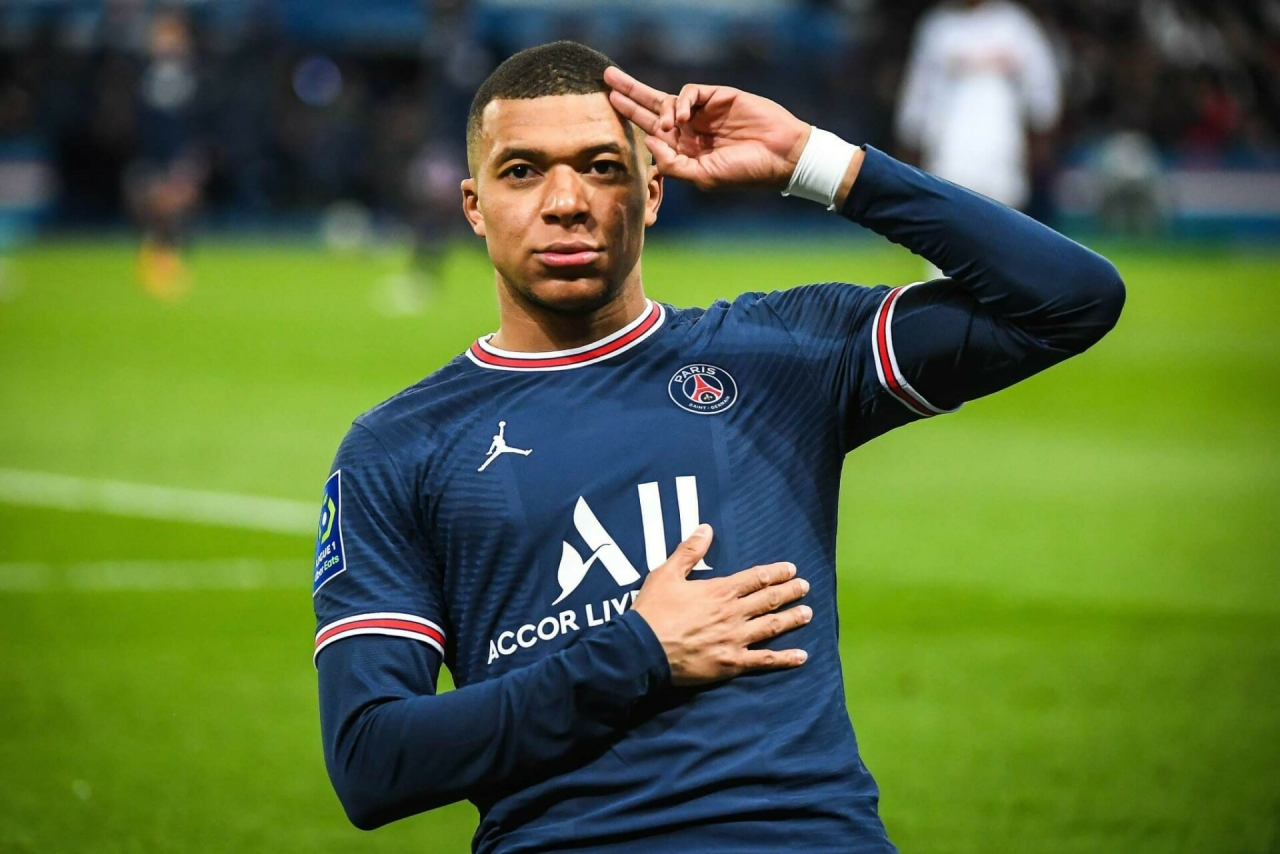
The modern football market no longer measures a player’s value solely based on goals and playing time. The price includes youth, versatility, commercial potential, predictability of progress, and market resonance. La Liga’s most expensive players have become strategic assets. Their value shapes clubs’ economics, influences sponsorship deals, and controls media attention. La Liga creates a …
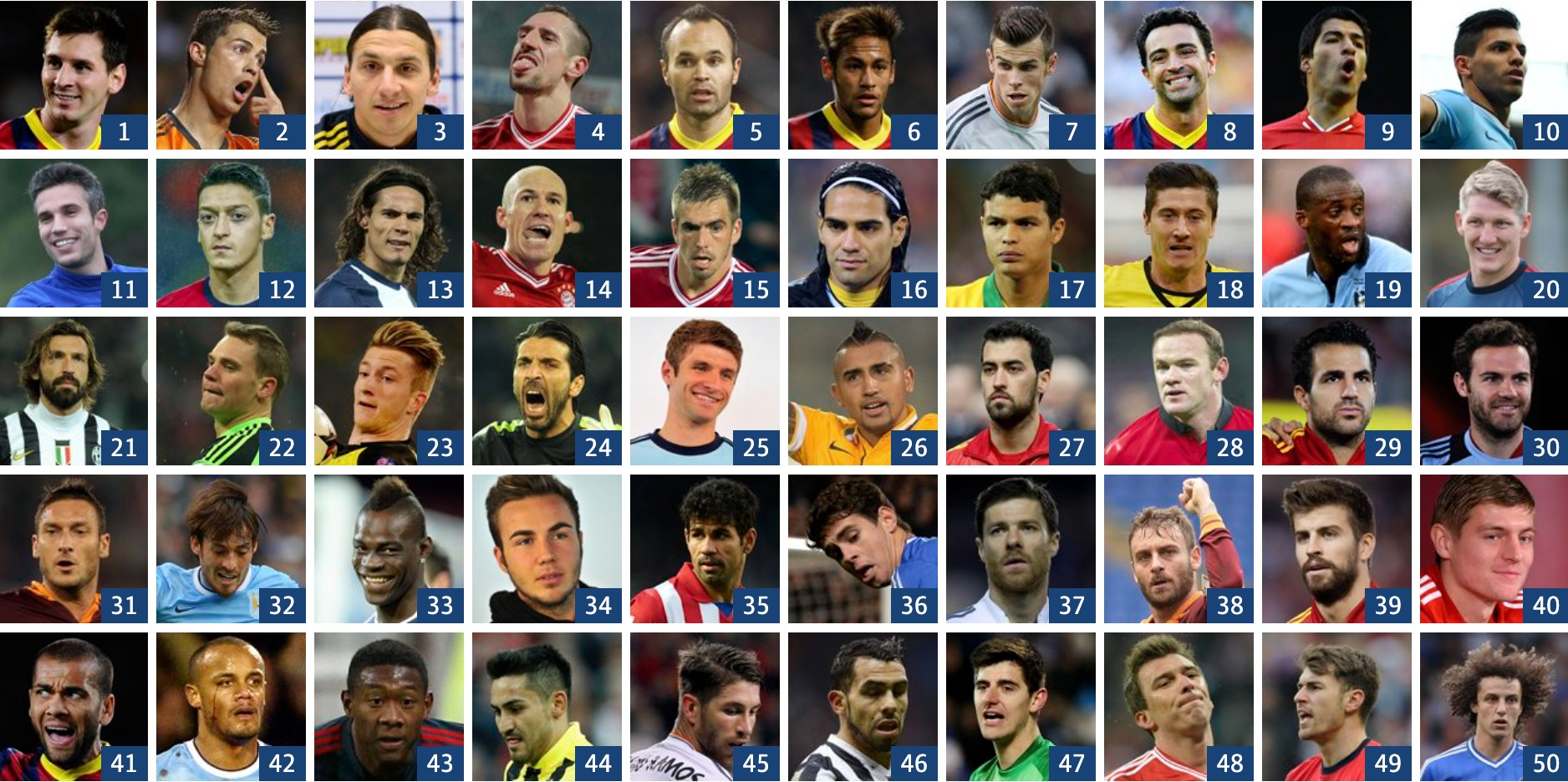
Football has produced a gallery of extraordinary personalities. Each of them has shaped an era, developed tactics and redefined the limits of what is possible. The best footballers of all time cannot be judged by the number of goals they have scored or the awards they have won. It is a combination of influence, unique …
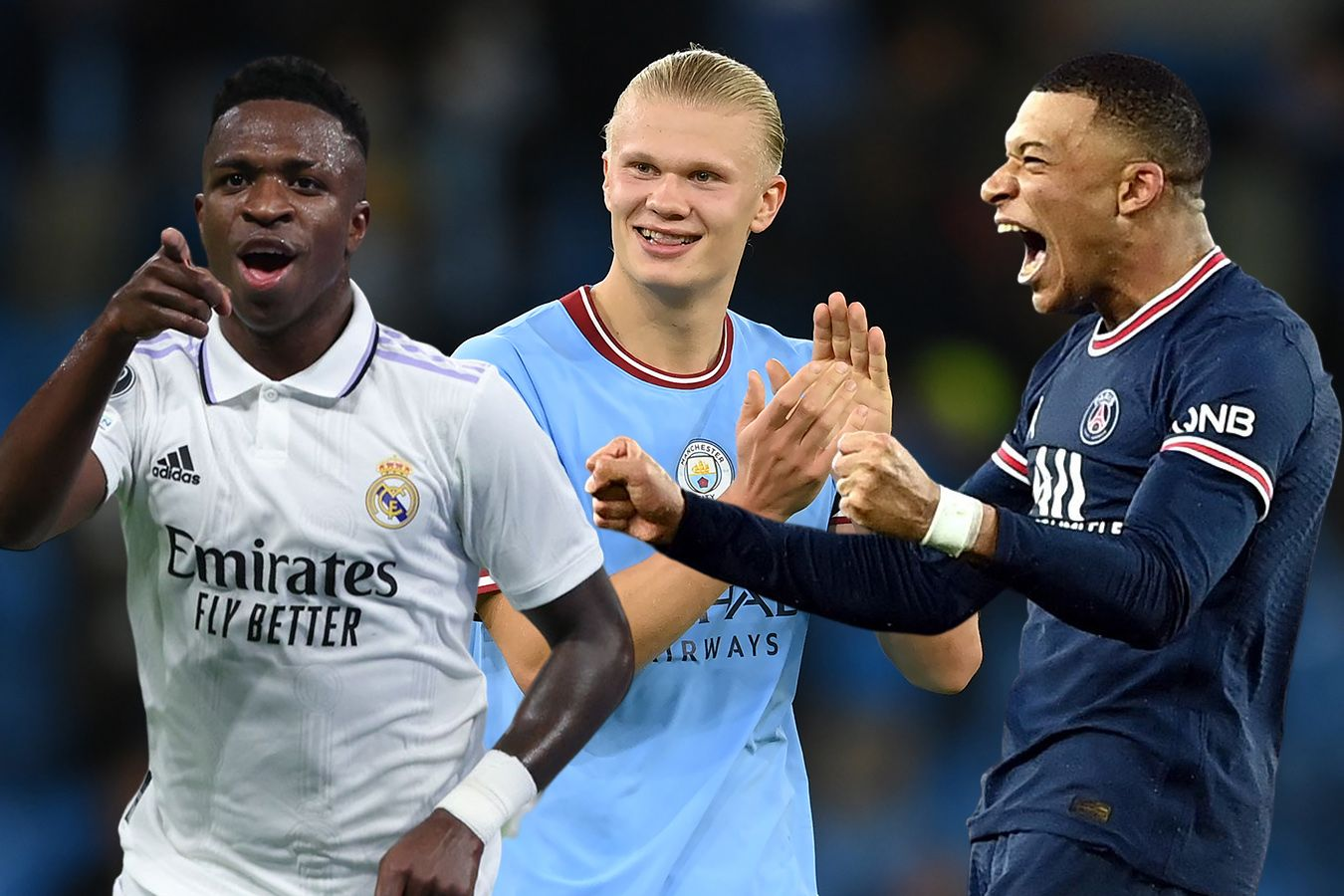
In 2025, football changed the concept of market value. Figures no longer shock – they dictate the rules. The world’s most expensive footballers have become full-fledged financial assets, whose transfers exceed the budgets of entire associations. Demand is rising against the backdrop of intensified competition in the Champions League, the Premier League, La Liga and …
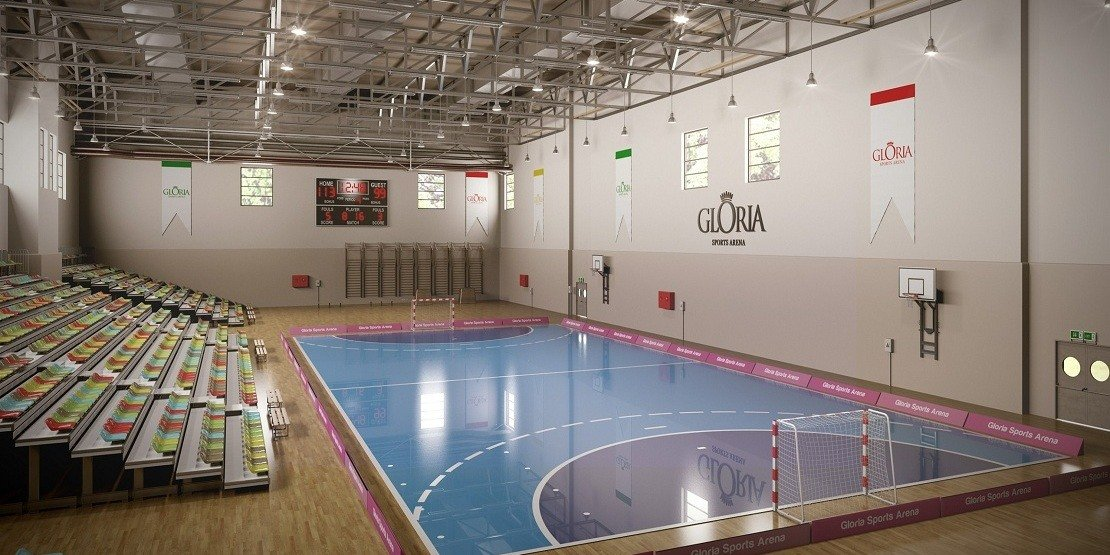
Exciting dynamics, fast-paced combinations and constantly changing game situations – that’s what futsal is all about. This sport is played on a compact pitch and requires players to have not only speed and endurance, but also the highest level of technique, passing accuracy and quick decision-making. It is important to understand that futsal is not …
Enjoy the thrill of football matches in the comfort of your home. Watching football is an opportunity to relax, enjoy and support your favourite team.
Working in football offers opportunities to realise your talents and passion for the sport. It is a chance to be part of the exciting world of football, develop professional skills and contribute to your favourite cause.
Playing football is a great way to keep fit, develop team spirit and enjoy the game. It is a benefit that improves health and social skills.
This goal became a legendary moment in the history of football. The player hit the goal with incredible accuracy and power, leaving the audience in awe. His skill and determination are forever engraved in the memory of the fans.
During the World Cup, an unexpected incident occurred on the football field, which attracted the attention of fans and became the topic of heated discussions. This case demonstrated the unpredictability and drama of sporting events.
This famous football moment will forever remain in history. A player scores the decisive goal, causing a storm of emotion in the stands and in the hearts of the fans. It is an unforgettable event that will inspire generations of footballers.

This football blog has become a real source of inspiration and useful information for me. I have learnt a lot of new things about my favourite game and increased my knowledge in this field.

★★★★★
This football blog has been a real eye-opener for me. As a journalist, I appreciate the depth and objectivity of the information presented. It helps me to better understand and enjoy the game.

★★★★★
Think back to a time when football passions were all the rage! Our blog is a bridge to the marvellous moments of matches and memories of behind-the-scenes stories. Join the nostalgic community of fans!

★★★★★